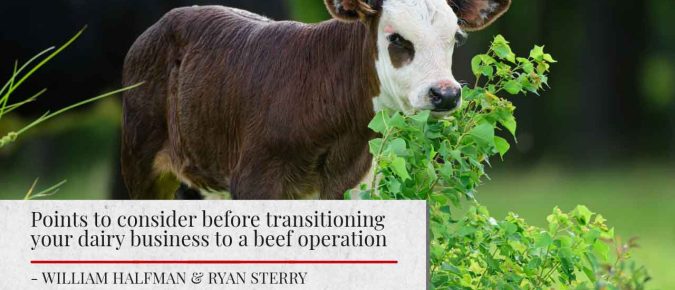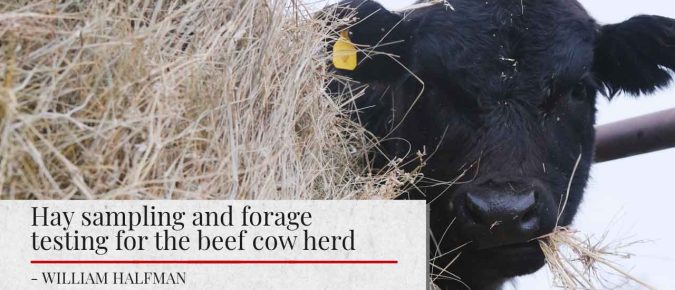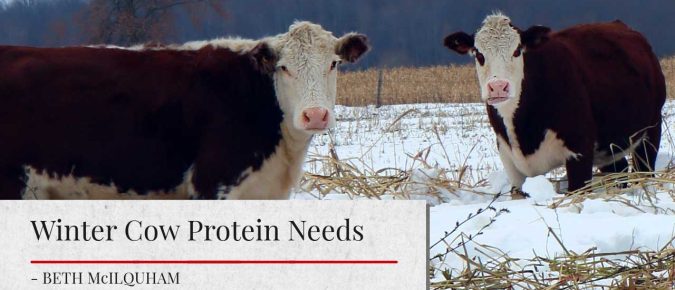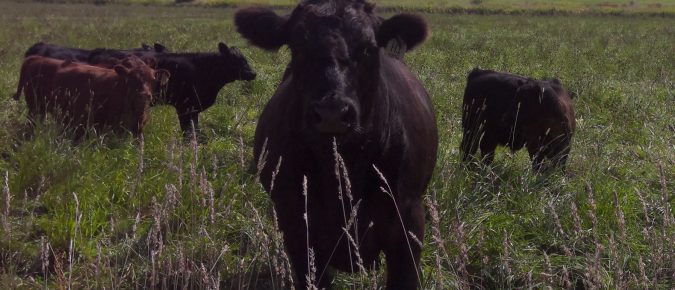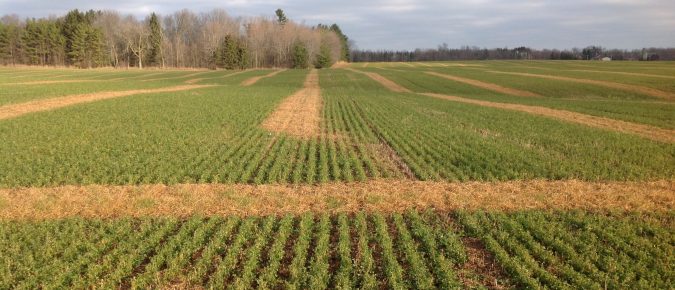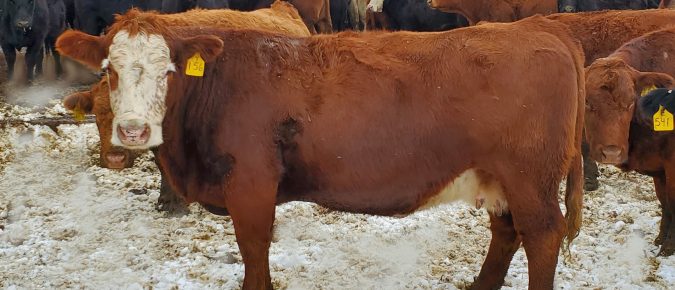Creating beef-on-dairy calves can add additional revenue to your dairy operation, but if considering transitioning from a dairy operation to beef enterprise, there are several points to consider.
Getting hay harvested in a timely manner has been troublesome this year, resulting in an abundance of poor-quality forage.
To optimize cow productivity, evaluating nutrient levels in winter feed for cows is necessary.
For many producers, ‘preconditioning’ is synonymous with ‘vaccinating’; however, while vaccinations are important, they take a back seat to calves’ preconditioning nutrition. Separation anxiety at weaning causes the release of cortisol which suppresses the immune response and increases susceptibility to diseases.
Water is often overlooked as the most important nutrient for beef cattle.
A late summer seeding of alfalfa following a spring wheat crop is a great option to maximize seasonal productivity and fits very well as a part of a diverse crop rotation. Aside from the usual considerations when performing a late summer seeding of alfalfa, there are a few considerations to keep in mind when planting alfalfa following a wheat crop: the potential for residual herbicide damage to alfalfa and the impact of volunteer wheat.
The explosive growth of solar sites, especially large, utility-scale (>100 MW) sites that require state approval, has put solar in competition with agriculture for land use.
To maintain its size, a beef herd’s annual replacement rate typically equals the number of cows that exit annually due to death, marketing, or culling. A typical replacement rate of 15% has been suggested.
Winter feed costs typcially represent the largest portion of cow/calf expenses. A hay analysis is important to determine if hay will meet a cow herd’s nutrient requirements during winter. This factsheet will cover interpreting a hay analysis and to calculate winter feed needs.
A frequently heard recommendation for beef farms is to separate the 2-year-olds and thin cows from the main herd during the winter-feeding period. Three-year-olds may also benefit from being in this group because they are still growing. This is important every year, and likely even more important during years of limited forage resources.

